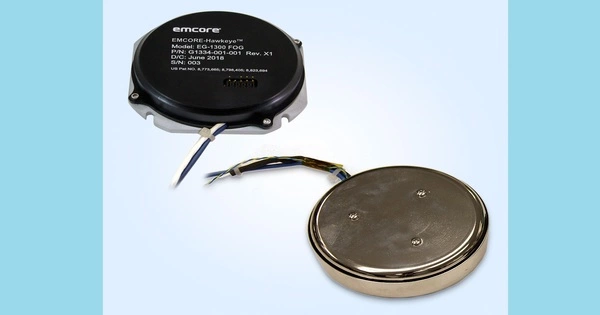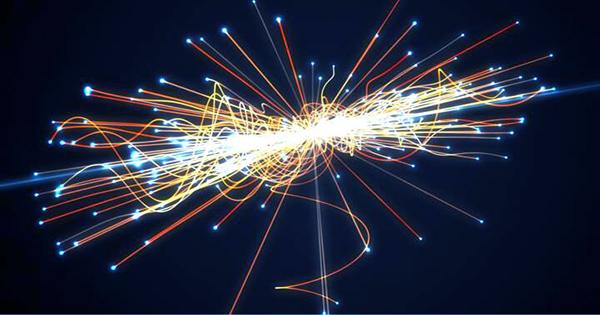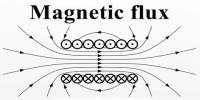A fibre-optic gyroscope (FOG) detects changes in orientation by employing the Sagnac effect, similar to a mechanical gyroscope. It is a sort of gyroscope that detects and measures angular rotation by using light interference. However, its operation is based on the interference of light that has gone through a coil of optical fiber that can be as long as 5 kilometers (3 miles).
Gyroscopes are instruments that are used to measure and maintain orientation and angular velocity. They are widely utilized in navigation systems, robotics, and aerospace applications, among other things.
How a fiber-optic gyroscope works –
- Light Source: FOGs typically use a laser diode as a light source. The laser emits a beam of light that is split into two beams.
- Optical Fiber Coil: The two light beams are then directed into an optical fiber coil. To maximize the path length of the light within the fiber, this coil can be coiled into a compact, spiral shape. The gyroscope gets more sensitive to angular rotations as the path lengthens.
- Interference: Light goes through the optical fiber coil in both the clockwise (CW) and counterclockwise (CCW) orientations. Interference occurs when these two light beams reunite. If the optical path length for the two beams vary owing to a rotation of the fiber coil, the interference pattern will alter.
- Sagnac Effect: The change in interference pattern, known as the Sagnac effect, is directly proportional to the angular velocity or rotation rate of the fiber coil. This change can be measured using photodetectors.
- Signal Processing: The photodetectors convert the optical interference pattern into an electrical signal. Signal processing electronics then analyze this signal to determine the rate of rotation.
Operation
Two laser beams are put into the same fiber in opposite directions. The beam traveling against the rotation has a somewhat shorter route delay than the other beam due to the Sagnac effect. The ensuing differential phase shift is measured using interferometry, converting one component of the angular velocity into a photometric shift of the interference pattern.
Advantages
A FOG gives exceptionally exact rotational rate information, in part due to its absence of cross-axis susceptibility to vibration, acceleration, and shock. Unlike traditional spinning-mass gyroscopes or resonant/mechanical gyroscopes, the FOG has no moving parts and does not rely on inertial resistance to movement. As a result, the FOG is an excellent alternative to a mechanical gyroscope. FOGs are employed in high performance space applications and military inertial navigation systems due to their inherent reliability and long lifetime.
Disadvantages
FOGs, like all other gyroscope technologies, may require initial calibration (determining which indicator corresponds to zero angular velocity), depending on the detailed FOG design.
Some FOG designs are susceptible to vibrations. However, when linked with multiple-axis FOG and accelerometers and hybridized with Global Navigation Satellite System (GNSS) data, the impact is lessened, making FOG systems acceptable for severe shock settings, such as cannon pointing systems for 105mm and 155mm howitzers.
















